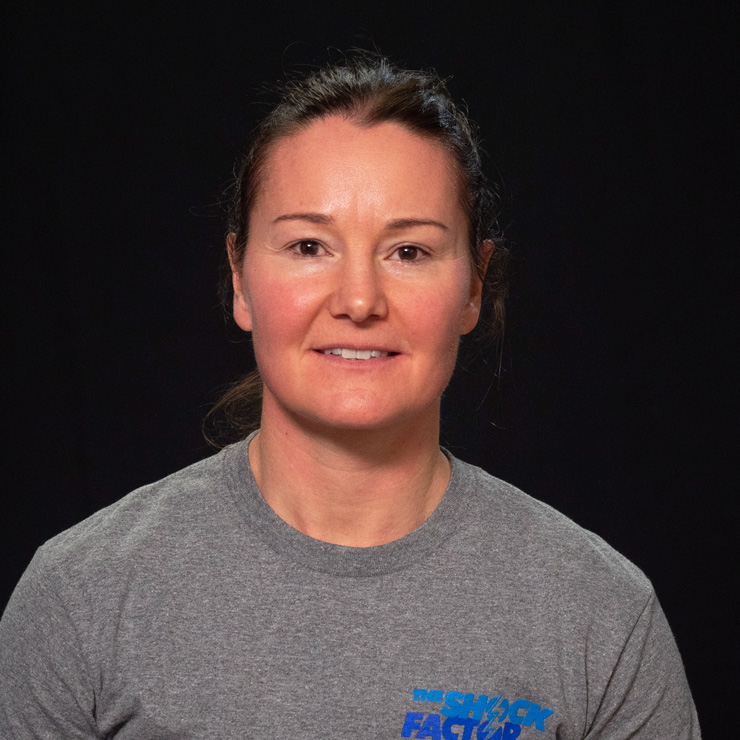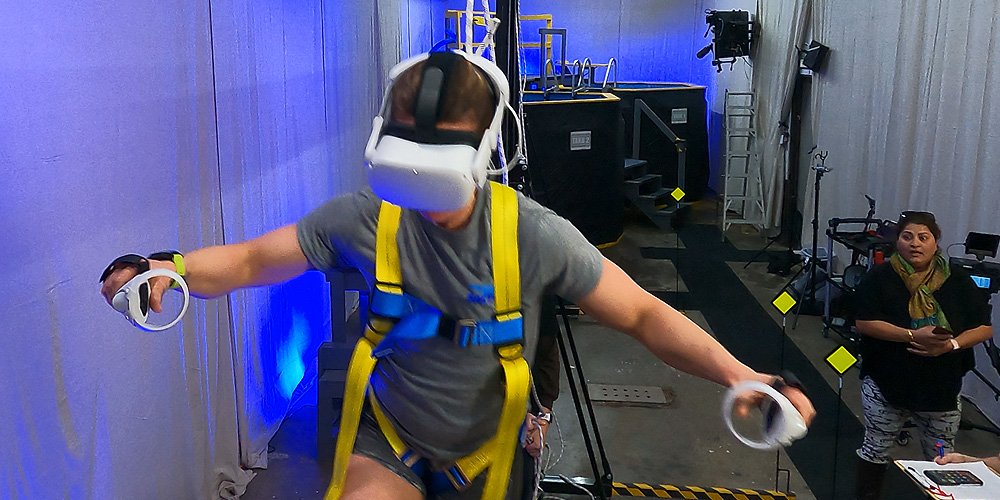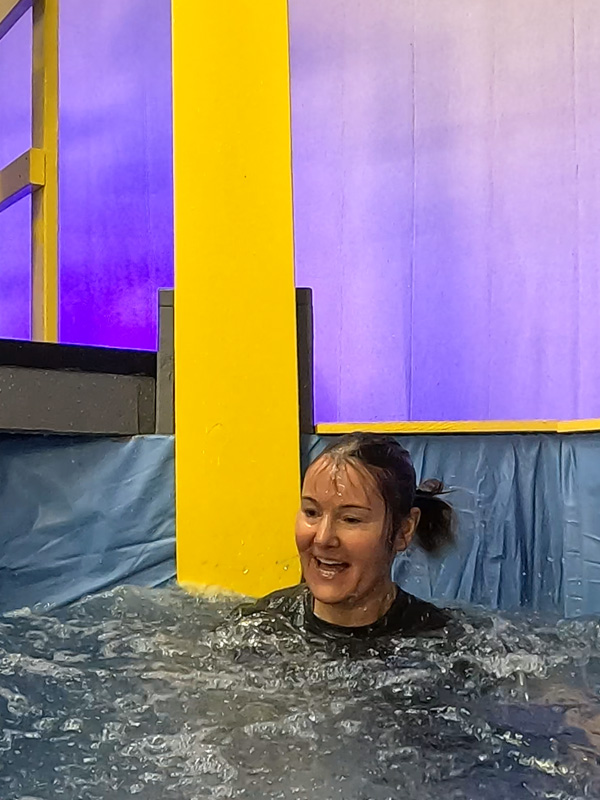Growing up at the cottage, lifejackets were always on the boat, they always knew where they were, but most of the time they didn’t have them on. She stated, “Unless we were in any type of weather, nobody was putting their lifejacket on.” She did normally wear one paddling though.
However, once she became a marine officer, with all the education and training that she went through, and all the things that she has seen, it changed her view on lifejacket wear immediately. “Just the stuff that we see on Lake Ontario, though it is a bigger body of water with rough conditions and cold water, right away there’s no way you don’t have your lifejacket on.” She continues, “And I reiterate that to my family and friends constantly, so much so that they probably get annoyed with me.”




